Mandalay City. the second largest city after the capital Yangon is known as YA-Da-Na-Bon (cluster of gems) NAY-PYAY-DAW (capital city) in olden days. It is also called the golden capital Mandalay. Mandalay City came into existence on Sunday 3rd. May in the year AD 1859. At the same time. the cities walls. royal moat. Mahalawka Marazain Pagoda. Tripitaka (Sacred Buddhist Teachings) Royal library. ThuDhamma Zayat (Religious resting place for pilgrims or travelers). MahaAthuLawayan monastery and the Dhamma Myitzu Pathan Zayat or Ordination Hall were also built. By looking at these massive city walls and the Hugh royal moat. you can imagine the greatness and might of Myanmar’s monarchy which reigns supreme in those olden days. Each side of the royal city wall is a mile two furlongs long. and all four walls has a total length of 5 miles 1 furlong and rectangular in shape.
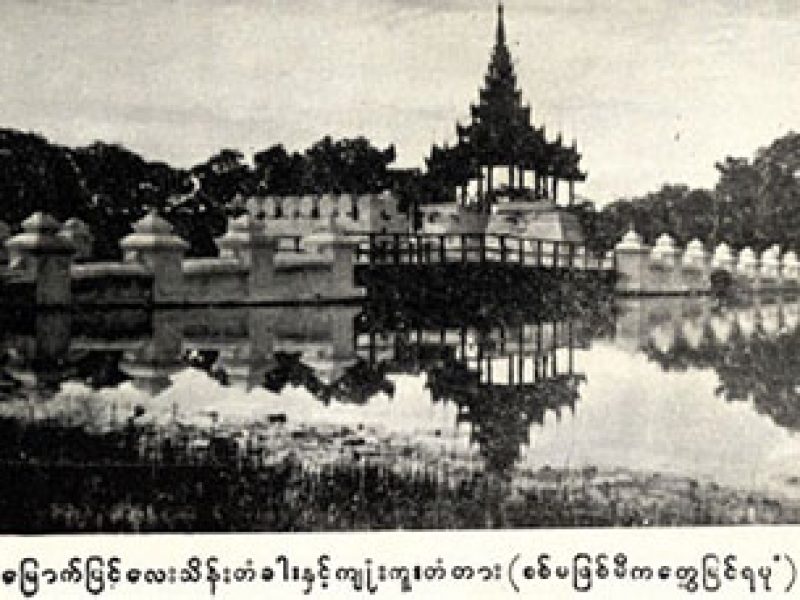
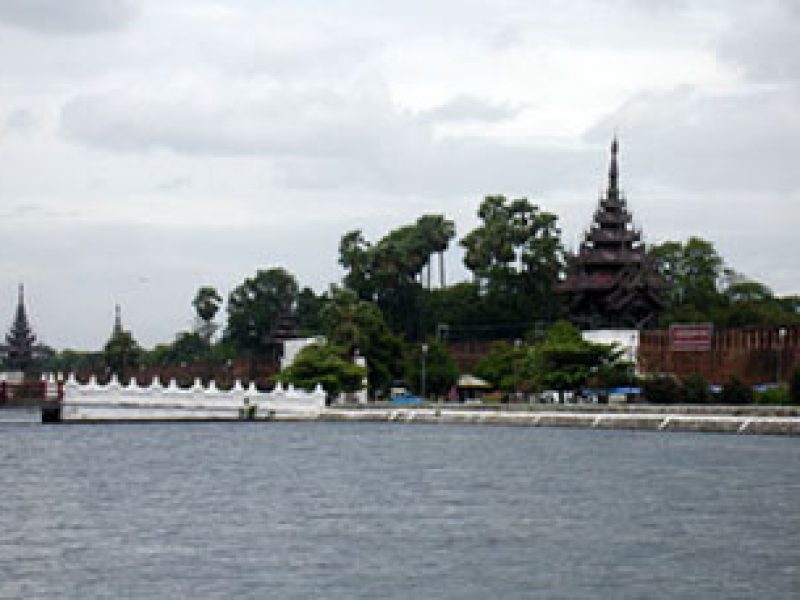
Its height is 27 feet and its width is 10 feet. All along the city walls there are 3800 merlons for musket shooting. thus with this we can contemplate the immense might of the military of our ancient Myanmar monarchies. Each of the musket shooting holes is two feet nine inches wide.
The four city walls have 12 large main gates. 4 Hugh tiered roof outlook towers. 32 smaller tiered roof outlook towers. altogether 48 of the tiered roof outlook towers.On each city wall there are 3 gates. So. at all the four sides of the wall there are 12 gates and all main gates are connected by bridges crossing the royal moat. The royal moat is 225 feet wide and 11 feet deep. The middle gates leading to the palace are named ” Dat Ta-Gaa ” which means doors mandated with special powers and the small gates on the left and right side of the “Dat” gates. 12 gates in all. are called “Mate” which means adjourning gates.The gate facing the south. the Mingalar (or) Kyaw Moe gate means auspicious. good fortune and glory.
In conclusion. the water in the royal moat. the old reddish bricks retaining the city walls and the musket holes you can see in the city walls. reveals to you about our past glory. patriotism. national culture and custom to whoever visit this well known ancient royal city of the last Myanmar Kings.
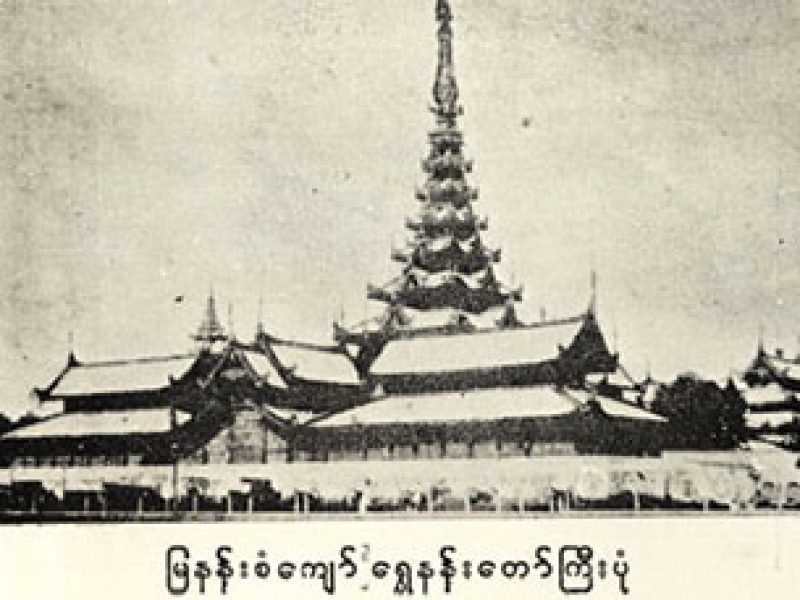
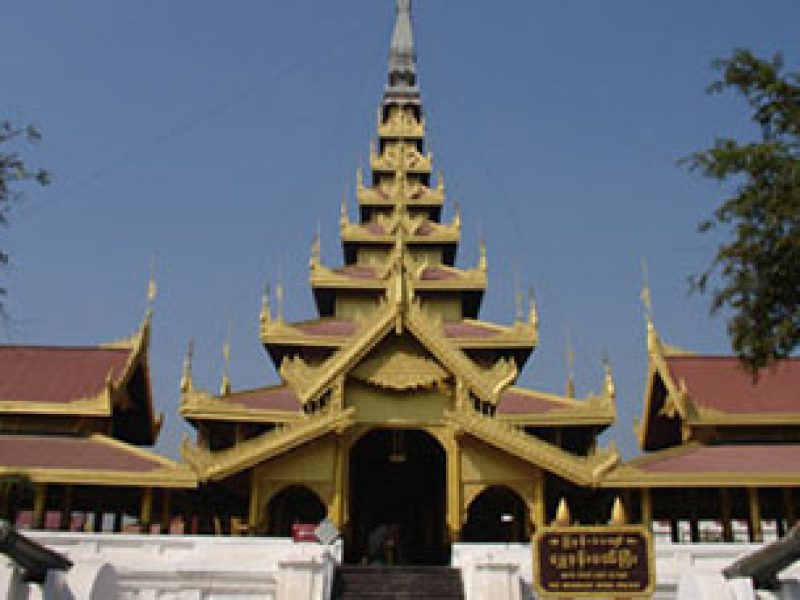
Mandalay was also the last seat of the Myanmar King. The King who built this city from empty land was Mindon. who reigned from 1853 to 1878. In 1856 he was residing in the capital of Amarapura which he deemed no longer fortuitous. The full official name of this old capital was Amarapura Mandalar. and the King decided to take the last word and named the new capital Mandalay. Due to air strike during British occupation in 1945 of World War-II the golden palace built by King Mindon has burnt to the grounds. Mya Nan San Kyaw golden palace has now been rebuilt in original form according to the record of the history. Starting from scratch. the King was able to design the city to his liking. with wide streets set in a grid pattern. and his palace enclosed within the city walls which stretched one mile long on each of its four sides. surrounded by a moat. Inside these walls. the center area was enclosed again for the king’s own palaces.
Outside of this Royal Compound and within the city walls are houses of ministers and nobles. several homes for the aged dowager. minor queen’s apartments and barracks. The main great Audience Hall housed the Thiha Thana Lion. Throne and was considered the center of the Earth. Now you are viewing the “Zay Da Won Hall” which is also called the ” Hall of Victory”. At the east side of the hall. you will find the “Hintha Throne”. “Hintha” is a mythical bird. His throne which is of octagon-shaped. The Privy Council Hall is where most of the wed by the king in this Council Hall. The Southern and northern balls of musketeers are where security detachment and riflemen will keep.
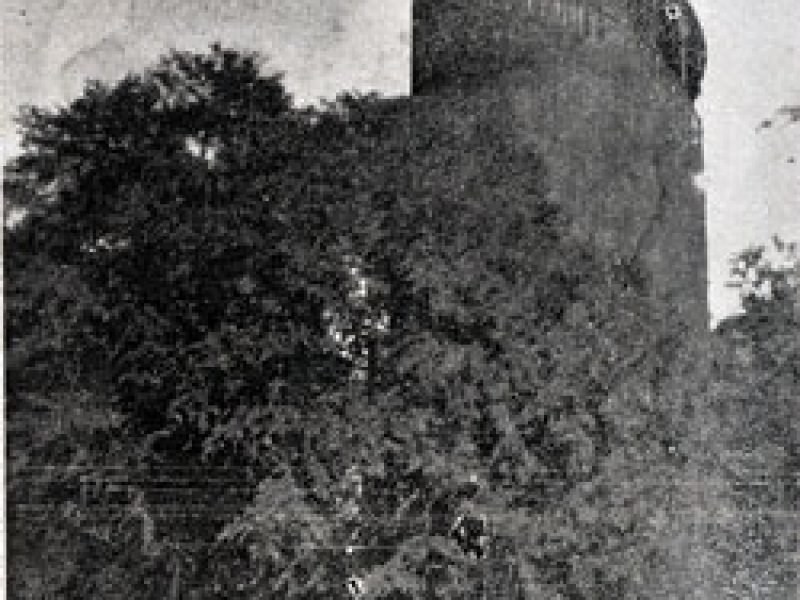
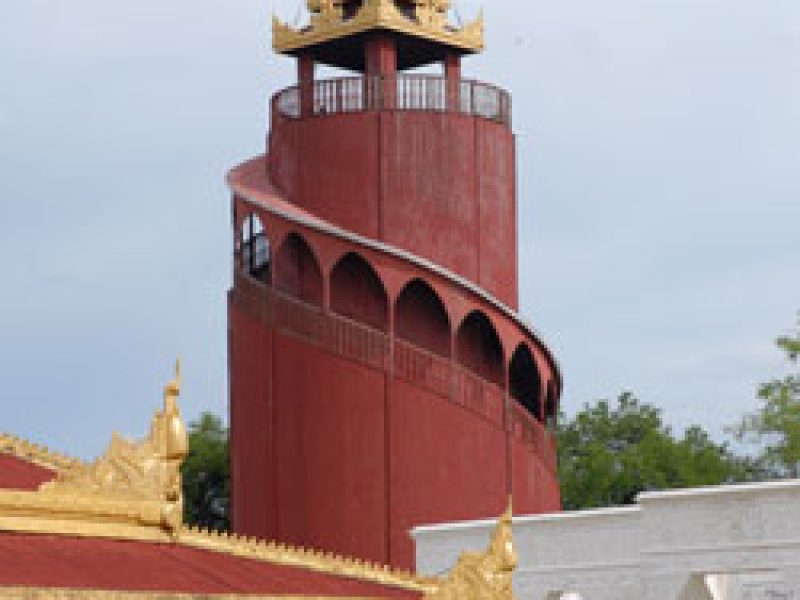
The royal crown hall or Baung Daw Sanw hall is where the king keep his treasured head years embedded with precious gems. In this hall the king also changes his royal dress before giving audience. “The Breezy Hall” which is also called “Lay Thar Hall” is at the south of the “Hall of Victory”. This is the place where the kings. relax and received monks and listened to religious sermons. The Hall you are now witnessing called the “Brick Meeting Hall”.
In this hall the king and his ministers meet to discuss matters relating to royal declarations. Beside. the above-mentioned Halls. you can also witness the “East Entrance Hall”. “South Entrance Hall”. “Left Reception Hall”. “Right Reception Hall”. “The Southern Dedicating Pavilion Hall”. “Treasury” and “Palace Power”. The palace tower is the prominent structure you will see in the royal palace grounds. There were a total of 360 teak pillars in the whole palace. signifying the 360 days of the lunar calendar. All these halls are decorated in the traditional Myanmar architectural designs. woodcarvings and paintings. When you work through these hall. will be amazed at the palace traditions. and Myanmar cultural heritage which you will still longing in these halls. One of the most beautiful palace pavilions was the Glass Palace. which had interior walls and pillars completely covered with glass mosaic.

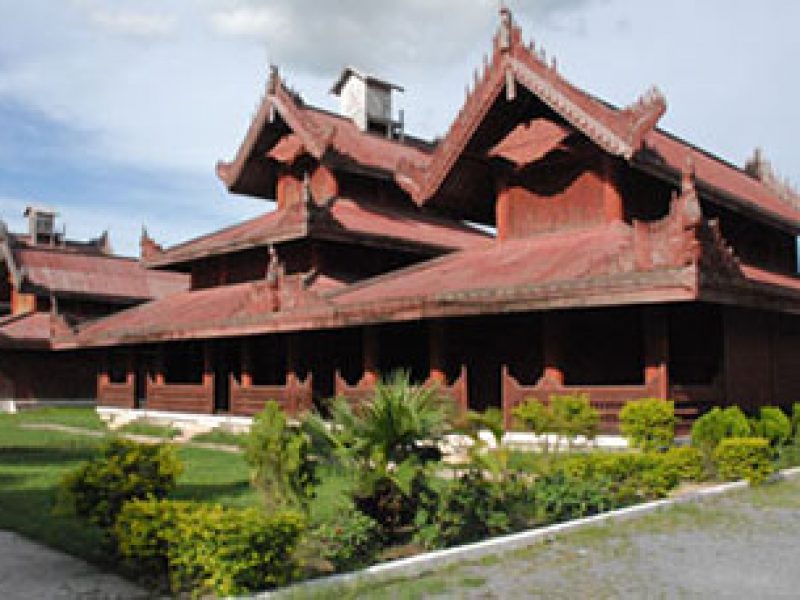
We as Myanmars can take pride in this royal palace of ours. which upholds many of our cultures and traditions. and will show vistors to our country that we had an exceptional and authentic grandeur past.Mandalay as a royal capital left wonderful historical accounts. most of which was due to the glory and wisdom of its founder. King Mindon.

Comment (0)